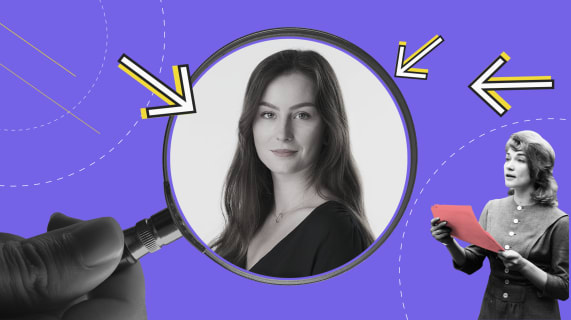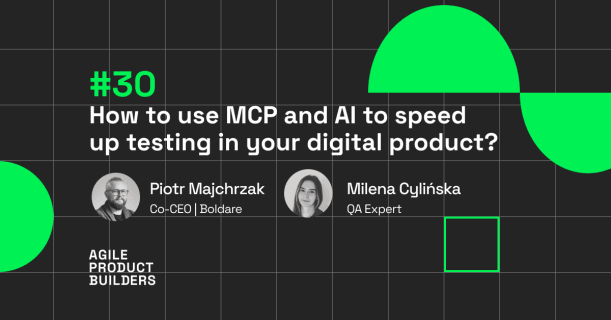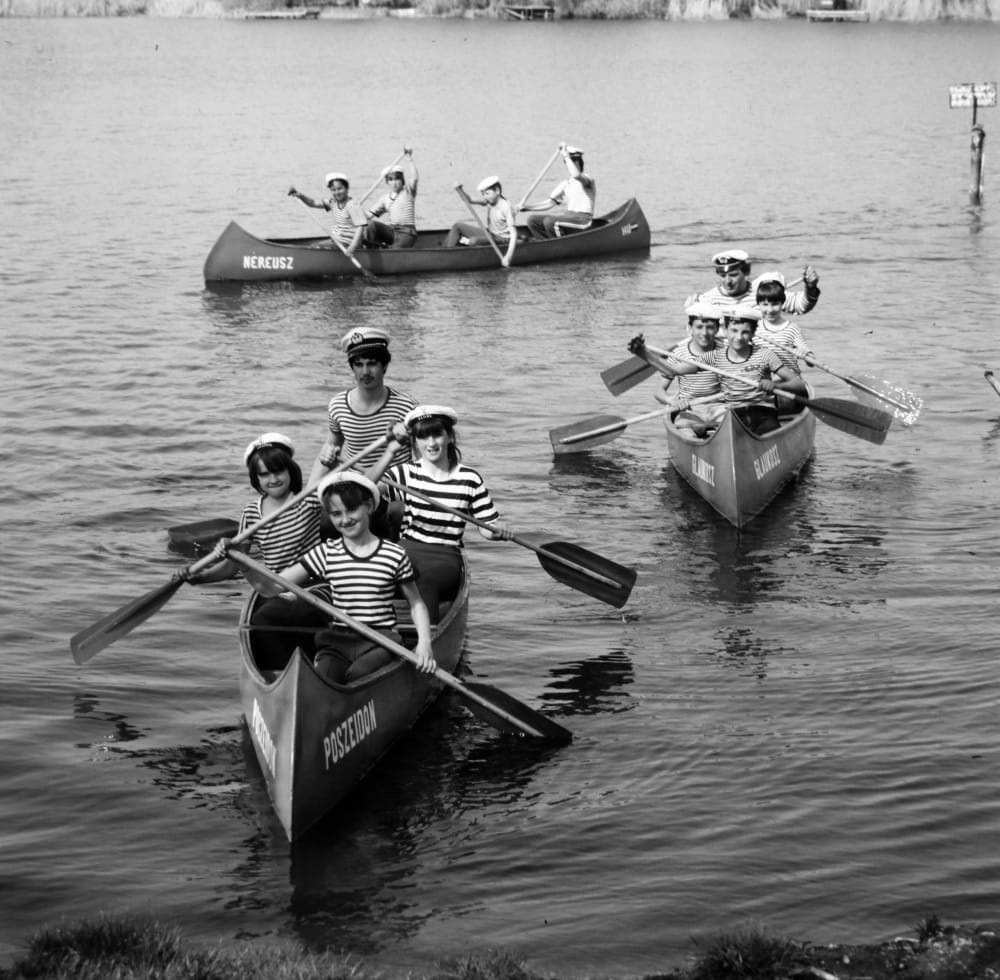This week’s AI Bite: The Last 6 Months Changed How I Work as a Product Designer
Six months ago, I wrote an article about the tools I use as a Product Designer. Back then, everything felt stable: Figma for design, FigJam for workshops, Notion for structure, plus a few AI helpers to speed things up.
Nothing unusual.
Nothing groundbreaking.
A comfortable routine.
But in the last 6 months, everything changed for me: my workflow, my mindset, even how I see the role of a product designer. And I want to talk about it, because I truly believe more designers should explore what’s happening right now.
If we keep working the same way we did in 2023, we’ll slowly fall behind.
This isn’t a drama.
This is simply where the industry is moving.
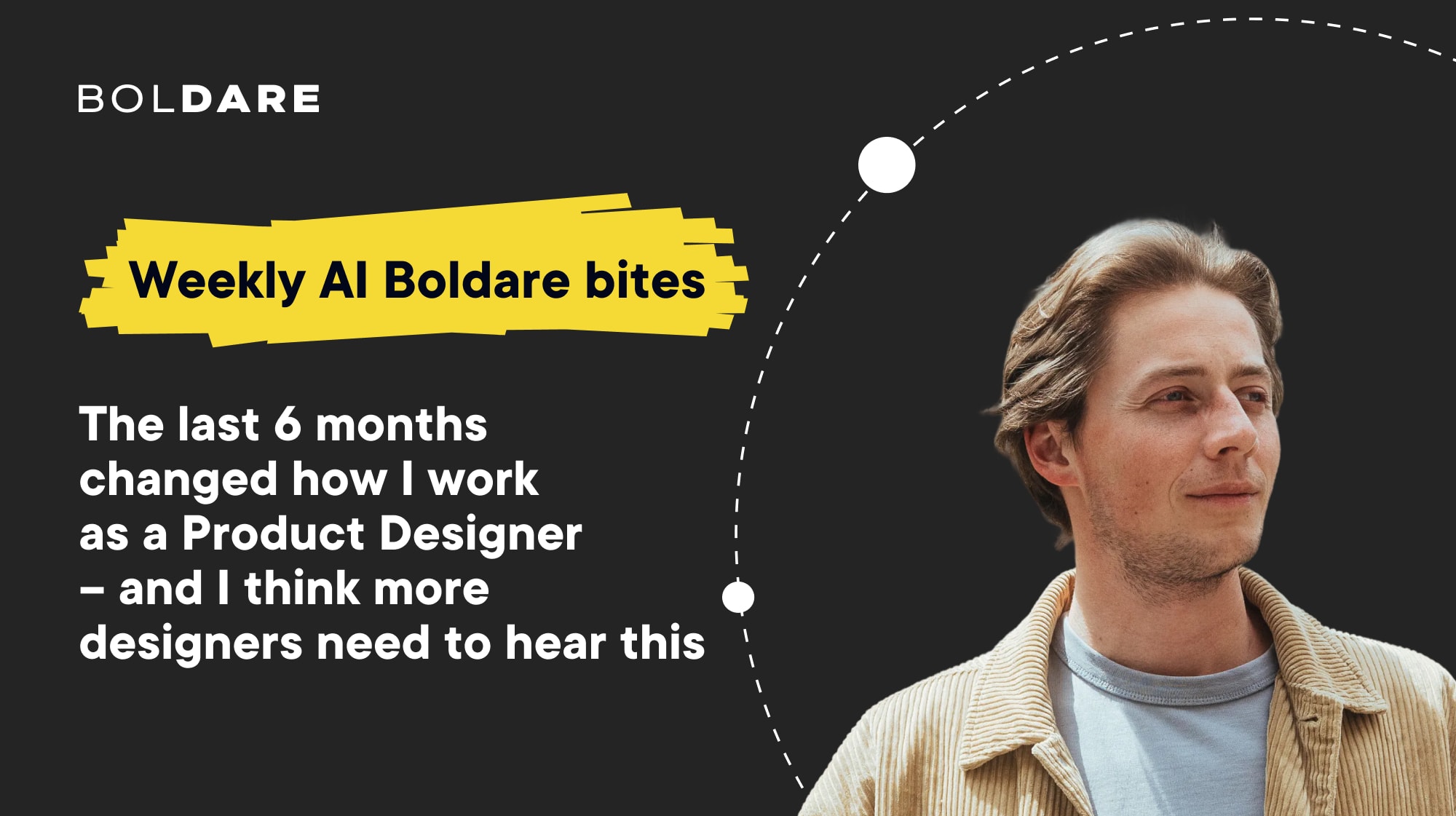
Table of contents
How It All Started: A Small “What If” That Changed My Direction
One day, during a project, someone asked: “Why don’t we try prototyping this directly in Cursor?”
Honestly, I laughed.
Cursor?
Me?
Coding?
Sounded like chaos.
But I tried it. And that moment – opening Cursor for “just a quick experiment” – was the turning point that pulled me into a completely new way of working.
One that feels natural, faster, and honestly, more fun.
Vibe Coding: A Joke Term That Accidentally Describes the Future
Yes, “vibe coding” started as a meme on Twitter. But the reality behind it is actually quite serious.
It’s the idea that designers and developers now collaborate in a space where:
AI helps write the code
prototypes become functional much earlier
ideas feel real within hours
the gap between design and development gets smaller
and iteration becomes insanely fast. *
The first time you do it, it feels strange.
The second time, it feels obvious.
You realize: This isn’t just a trend – this is the next phase of product design.
Cursor + Figma MCP: The Combo That Rewired Our Process at Boldare
This is where everything clicked for me.
At Boldare, we started using Cursor + Figma MCP, and suddenly:
- Figma screens became functional prototypes
- flows were testable, not just viewable
- clients could try the product before development even started and feedback arrived days – not weeks – earlier
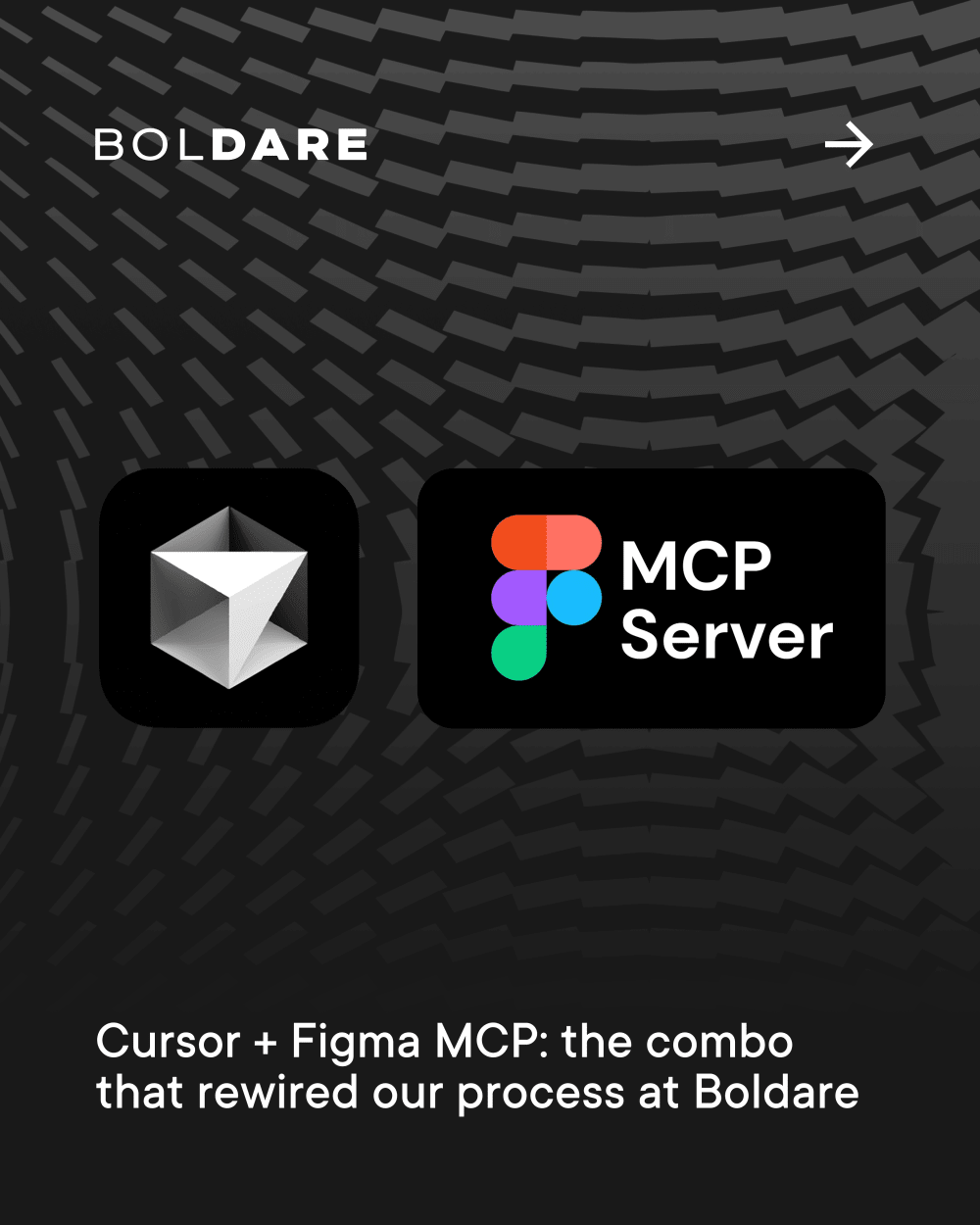
We weren’t just designing anymore.
We were simulating the real experience.
The biggest benefit? Clients finally understand the product not through “pretty screens,” but through actual interactions.
Once you taste this workflow, going back feels impossible.
Figma Make & Lovable: These Tools Are Not Just “For Fun” Anymore
At first, I used Make and Lovable just to speed up small tasks – quick layouts, landing pages, experimenting with flows. But something changed.
Just recently, a startup called Startdust, built entirely with Lovable, raised $1.7M.
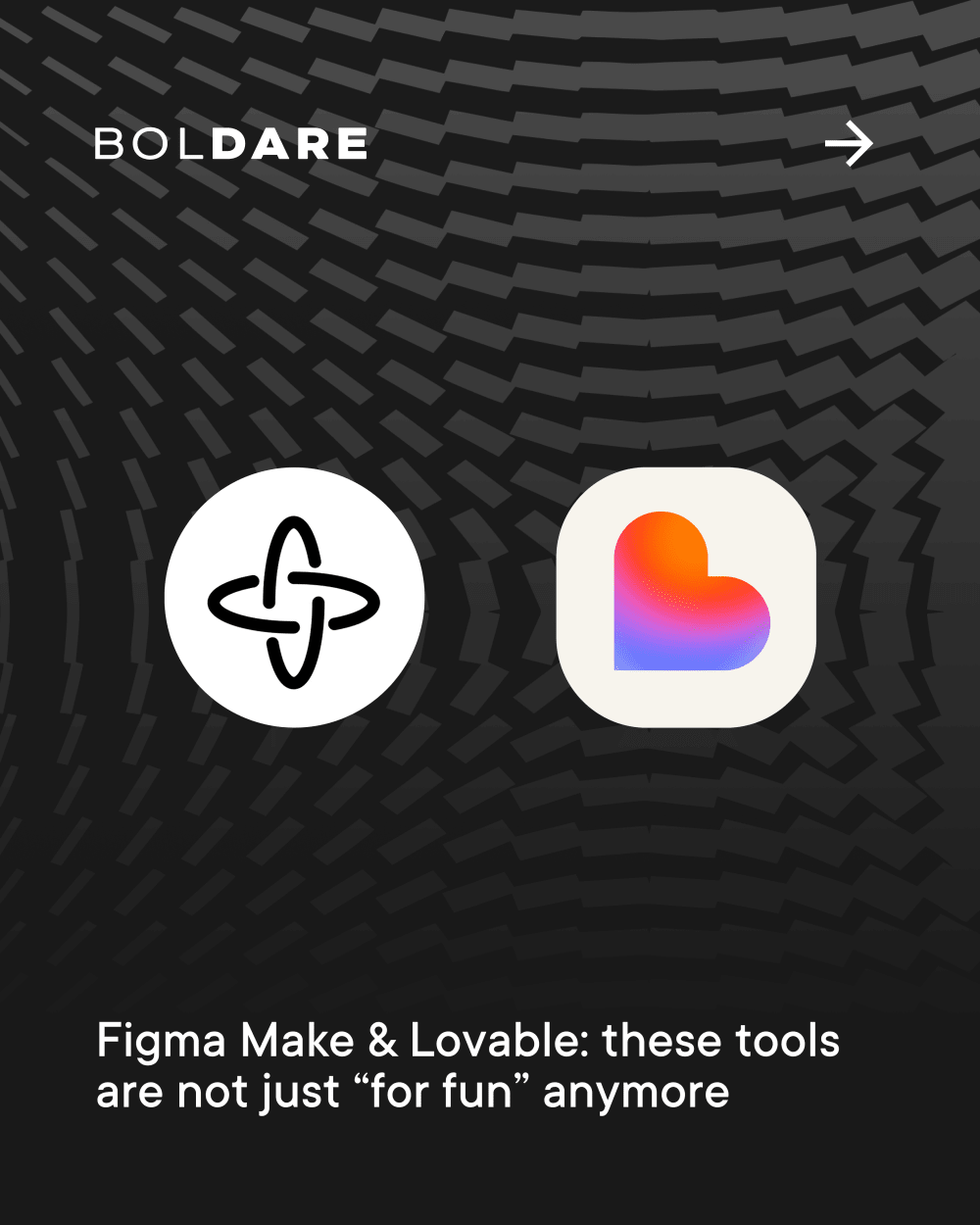
Let me repeat that:
- No traditional dev team
- No long development cycles
- Built in Lovable
- Raised money
Reached real revenue
Became real businesses
This is when it hit me:
Lovable, Figma Make, Cursor – they’re not just tools for “vibe coding.” They’re tools that help you build real products. Potentially real companies.
This is life-changing for designers who are willing to explore these tools.
Because suddenly we’re not just visualizing ideas – we’re building them.
Designers Are Becoming Hybrid Creators (And It’s Not Something to Fear)
This is the part I want more designers to hear:
We’re no longer “just designers”. Our role is evolving into something broader – a blend of designer, prototyper, interaction builder, and even an occasional lightweight front-end problem solver. More importantly, we’re becoming a true bridge between the idea and the implementation.
This shift doesn’t take anything away from developers – it actually strengthens collaboration. When designers can prototype logic, interactions, and basic functionality, communication becomes clearer, handoff becomes smoother, misunderstandings fade away, and teams ultimately ship faster.
This shift isn’t scary – it’s empowering.
You have more control over the product and less waiting time.
If You’re a Designer Reading This: Please Try New Tools
I’m not telling you to stop using Figma.
I’m telling you:
Stop using only Figma.
Because the designers who explore these new tools are the ones who will:
- ship faster
- communicate better
- collaborate better with dev teams
- understand product logic more deeply
- and ultimately influence the final product much more *
The last 6 months taught me this clearly:
The future of product design belongs to designers who are not afraid to prototype, to explore, to experiment – and to step a little closer to the world of development.
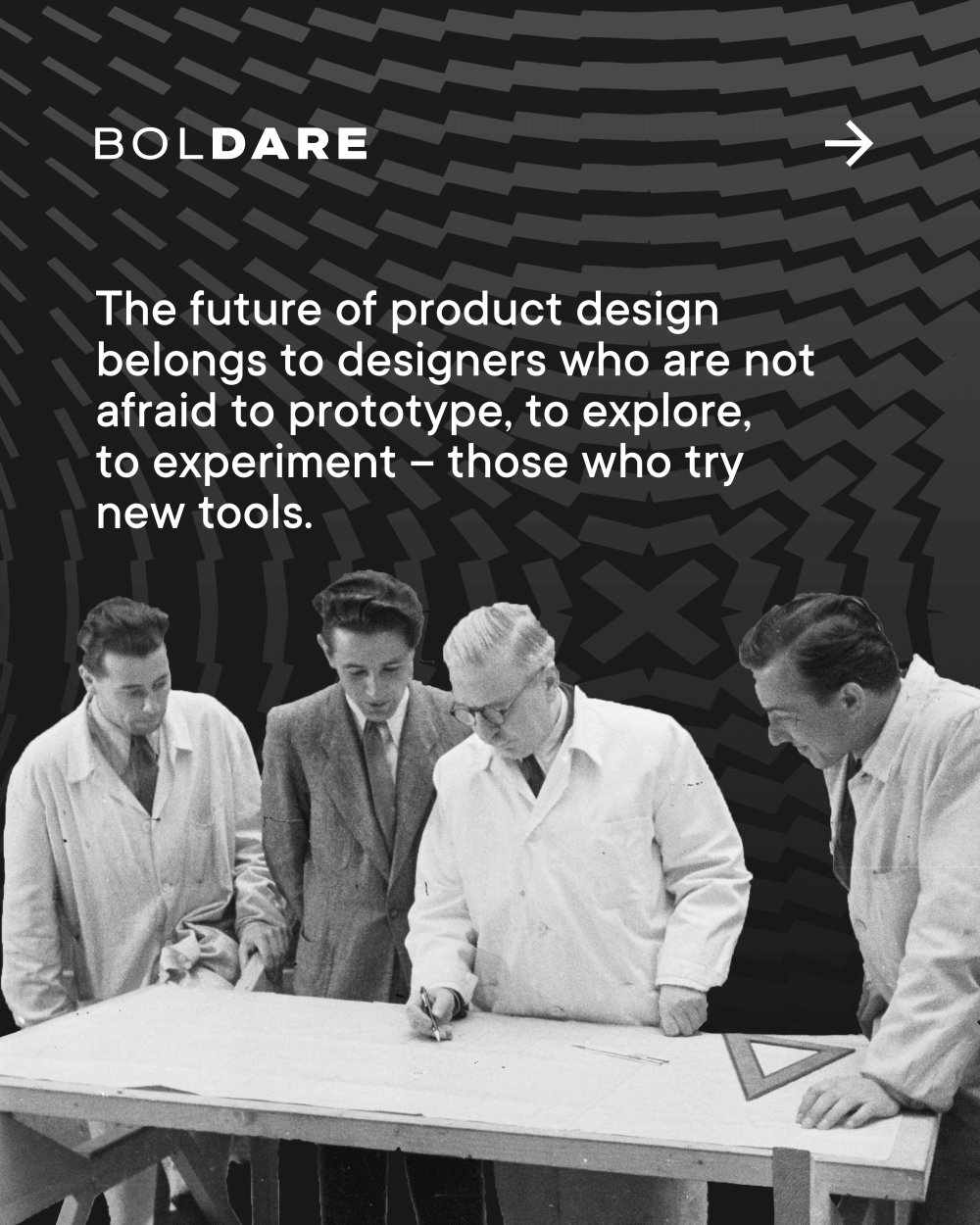
Not to replace anyone.
But to create better products, faster, with more clarity and more fun.
It’s not just vibe-coding.
It’s a new way of working.
And it’s already changing careers.
*

Share this article:


